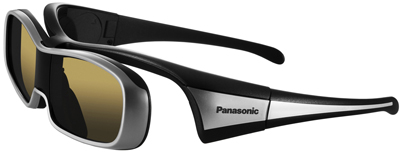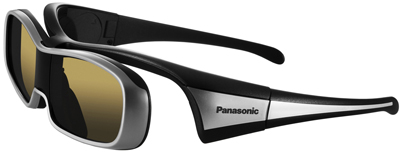Panasonic takes first step towards universal standard for 3D active-shutter glasses
M-3DI initiative is the "first step" in an attempt to create a common standard for 3D glasses


The incompatibility between different manufacturers' active-shutter 3D glasses is one of the big stumbling blocks for the take-up of 3D TV.
There have been rumblings of industry attempts to create a single standard for 3D specs for some time, and today Panasonic has announced the creation of the new M-3DI standard, developed in conjunction with Xpand 3D.
"M-3DI is a new standard for 3D active-shutter eyewear products that will bring about compatibility among 3D TVs, computers, home projectors and cinema projection," says Panasonic.
Companies backing the new standard include Funai Electric Co, Changhong Electric Co, Hisense Electric Co, Hitachi, Mitsubishi, Seiko Epson Corporation, SIM2 and ViewSonic.
Licensing of M-3DI technology will begin next month. While it initially uses infrared technology to send signals from the 3D display to the glasses, radio communication will be considered "for the next step".
"Joining forces with other 3D product manufacturers to standardise active-shutter 3D eyewear will help ensure that consumers have a superlative 3D experience at home and in the cinema," says Panasonic. "This is a major step towards creating truly universal 3D glasses."
However, it remains to be seen if other consumer electronics firms such as Samsung, LG and Sony will also join the initiative.
Get the What Hi-Fi? Newsletter
The latest hi-fi, home cinema and tech news, reviews, buying advice and deals, direct to your inbox.
Given LG's recent decision to back passive 3D technology, and the ensuing furore that has caused, it could be some time before a truly universal standard for 3D glasses is agreed.
Andy is Global Brand Director of What Hi-Fi? and has been a technology journalist for 30 years. During that time he has covered everything from VHS and Betamax, MiniDisc and DCC to CDi, Laserdisc and 3D TV, and any number of other formats that have come and gone. He loves nothing better than a good old format war. Andy edited several hi-fi and home cinema magazines before relaunching whathifi.com in 2008 and helping turn it into the global success it is today. When not listening to music or watching TV, he spends far too much of his time reading about cars he can't afford to buy.

